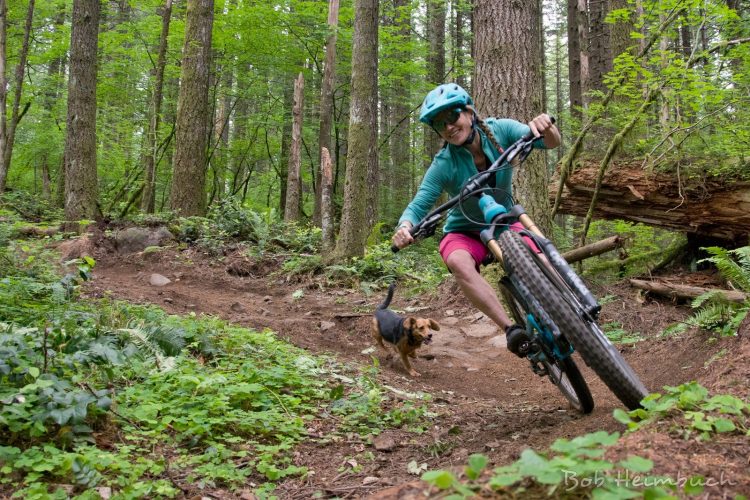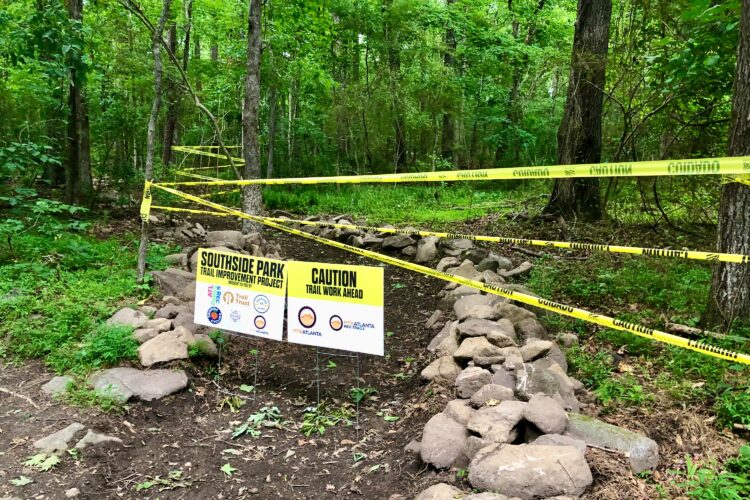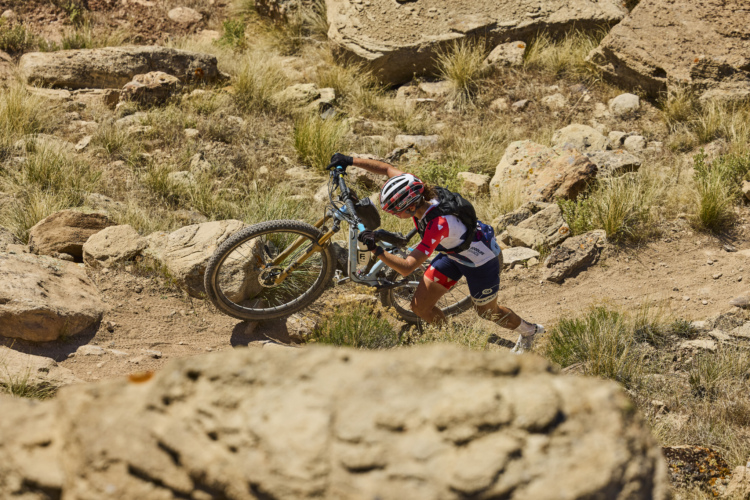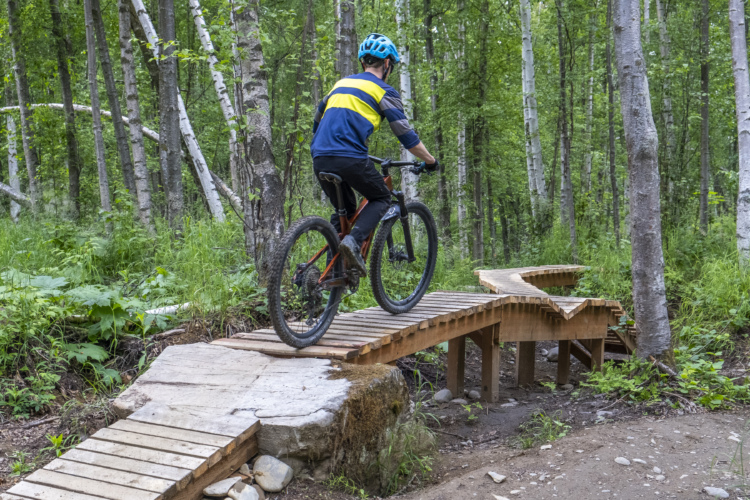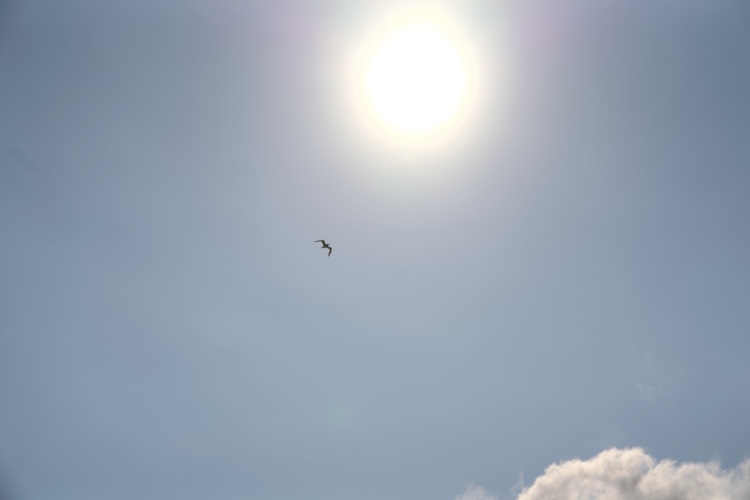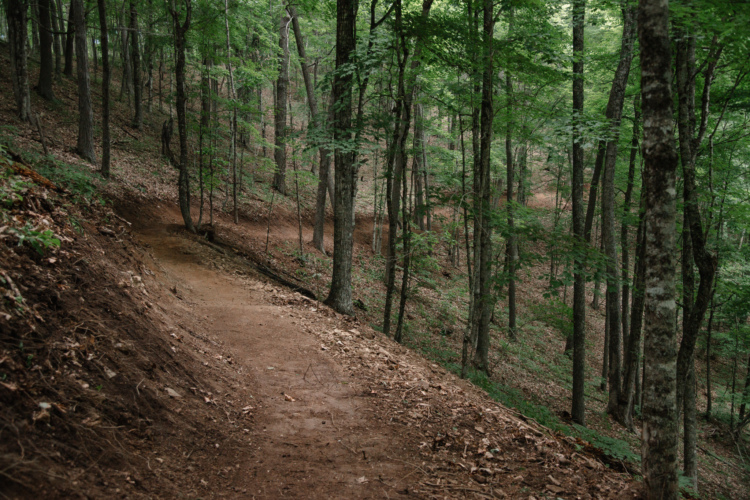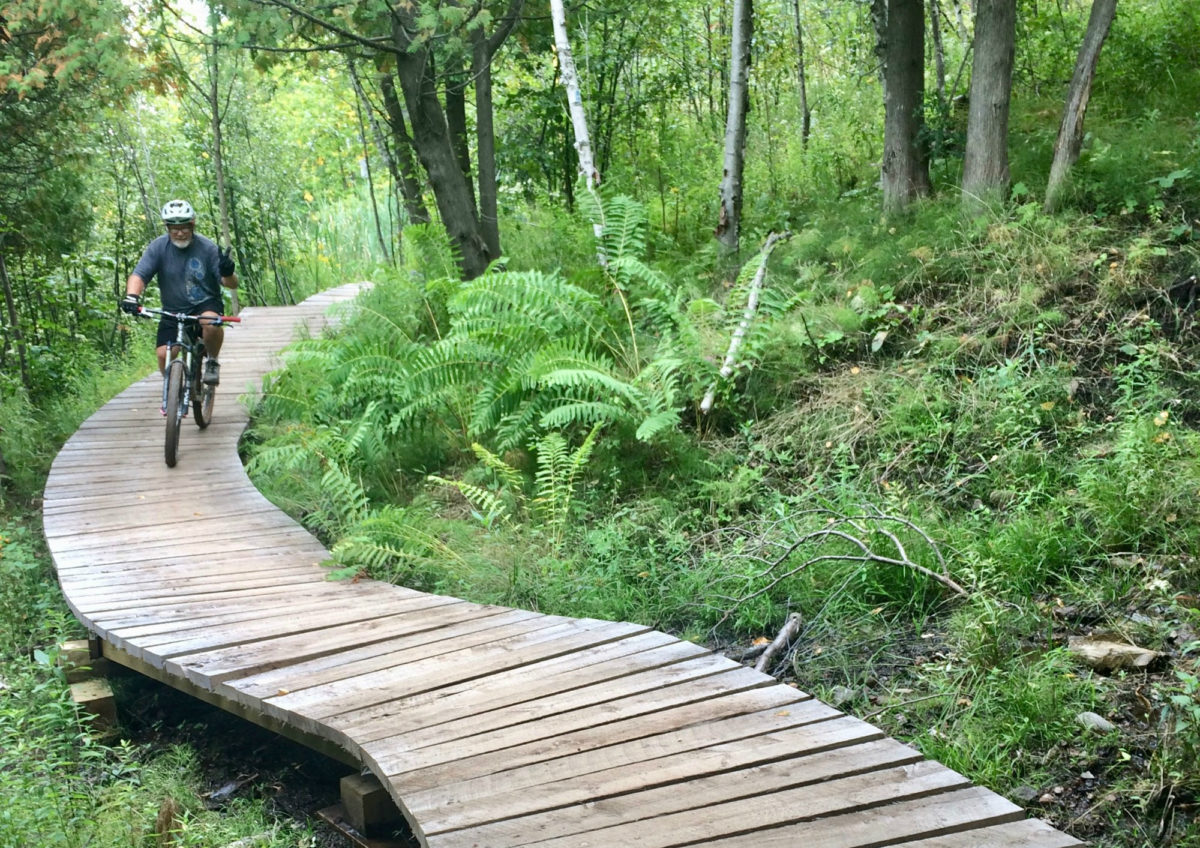
“The Iron Range Resources and Rehabilitation Board on Wednesday approved spending $4.95 million on up to 92 miles of mountain bike trails” in Northeastern Minnesota, according to a report on MPRNews.org.
The $5 million will be split between three different trail systems. One trail system will be built at Giants Ridge ski area in Biwabik, and other two will be built “on top of reclaimed iron ore mines, giant piles of waste rock, and around water-filled mine pit lakes near the Iron Range towns of Cohasset and Chisholm,” according to the article.

Proponents of this trail development cite the incredible success that the nearby Cuyuna Lakes trail system has achieved. While Cuyuna’s initial phase was first opened in 2011, in the intervening years Cuyuna has become possibly the highest-acclaimed and best-known trail system in the state of Minnesota, and is now known as one of the key trail systems to hit in the Great Lakes Region. While Cuyuna had grown to 25 miles of trail over the intervening years, just last year “the state Legislature approved $3.6 million to nearly triple the length of the trail system at Cuyuna to 75 miles.”
On the map above I’ve drawn a route from Cuyuna to Cohasset, Chisholm, Giants Ridge, and then ultimately ending in Duluth. Duluth is yet another epicenter of mountain bike trail development in the Great Lakes Region, having worked for years to develop a 100-mile contiguous mountain bike route through the city. Spirit Mountain in Duluth also offers chairlift access to an excellent downhill mountain bike park.
[see_also id=’225543′]
Not routed on the map but worth mentioning is Grand Marais, which you can see in the far upper right hand corner. Grand Marais has also been working hard to develop their trail system, and especially their fat biking trails and events. Races like the Norpine Fat Bike Classic have become annual traditions.
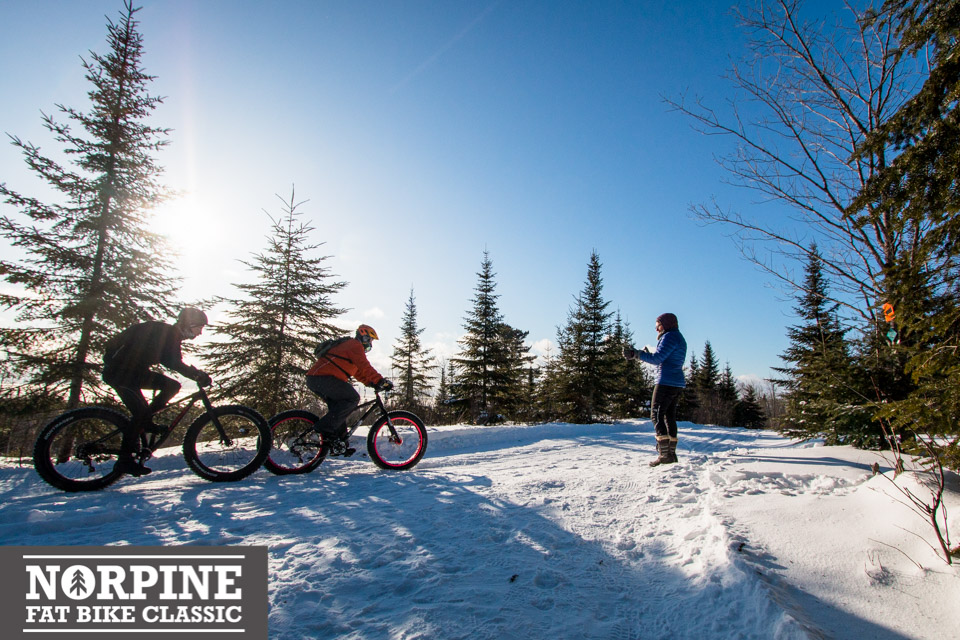
Based on the success of other mountain bike trail systems in the region, the Iron Range Resources Commissioner Mark Philips is optimistic that “the trails could help spur tourism on the Iron Range, improve quality of life for residents, and help attract and retain professionals and families to the region,” according to the article. “You can tell I’m enthusiastic about this,” he said.
While proponents of this trail development are focused on the regional draw and boosting the economy, they argue that developing these three new trail systems, along with all of the incredible trail systems that have already been built in this region, “will cement northeastern Minnesota’s position as a burgeoning national and international destination for mountain biking.” I have to say, they’re making a really strong argument!


